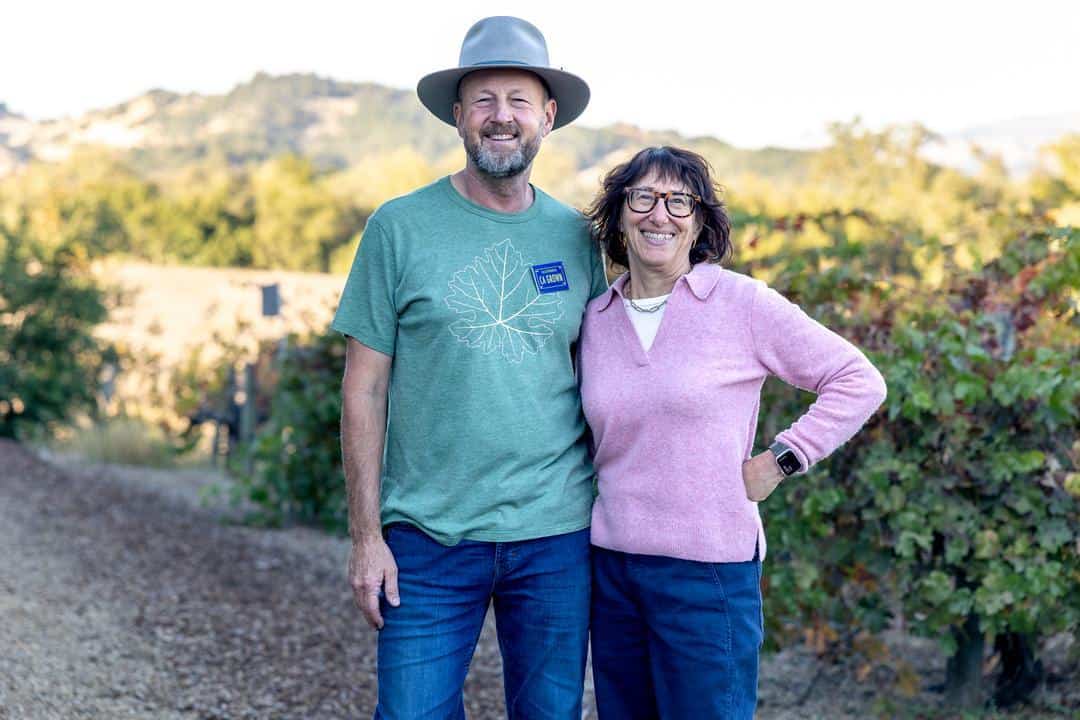Matthiasson Wines: Great Wines Start in the Vineyard
Matthiasson Wines is committed to organic and sustainable agriculture – because great wines start with healthy vineyards.
Millions of tourists visit Napa Valley each year, eager to taste world-class wines while lounging in chic tasting rooms with perfectly manicured gardens and even art galleries. Many of Napa’s tasting rooms cater to that crowd, but you won’t find any of that at Matthiasson Wines. Tucked away on a quiet hillside, Matthiasson’s quiet outdoor tasting room is refreshingly unpretentious, much like owner/winemakers Steve and Jill Matthiasson. Despite numerous James Beard nominations and being named Winemaker of the Year by both Food and Wine and the SF Chronicle, Steve considers his family’s winery to be just that – a small family-owned winery.
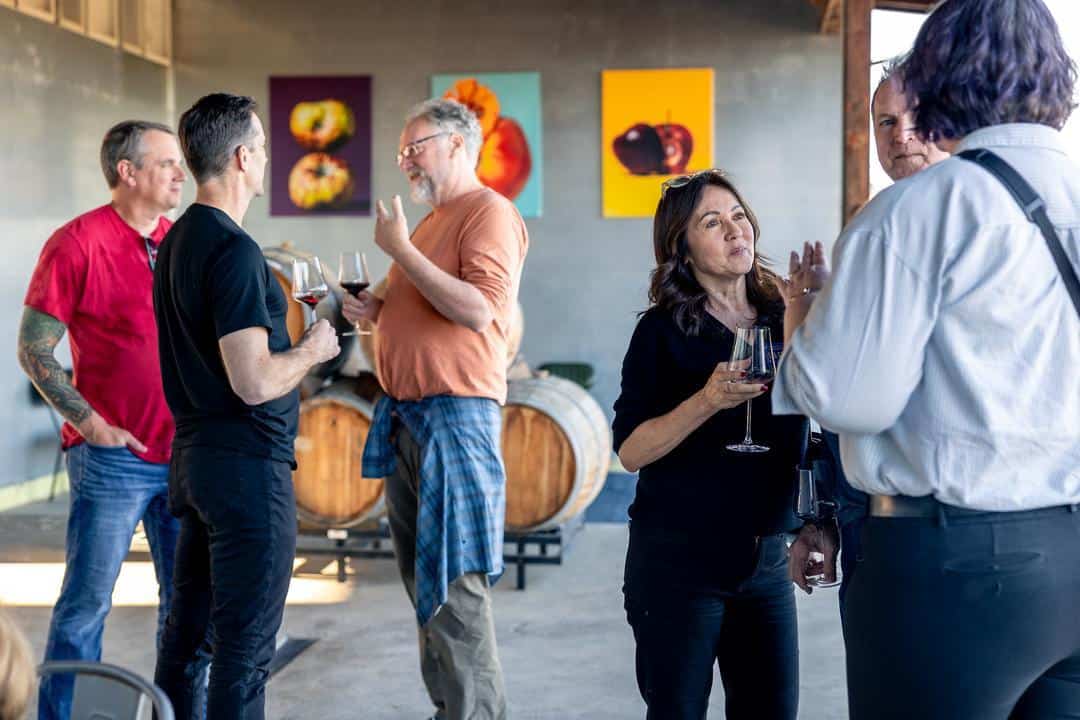
Steve and his wife Jill founded Matthiasson Wines in 2003. Even before they established their winery, the couple were both heavily involved in California’s burgeoning sustainability movement. Steve helped to author the Lodi Rules, California’s first manual on sustainable vineyard practices, while Jill worked for a non-profit called the Community Alliance with Family Farmers (CAFF), traveling around the state encouraging farmers to adopt regenerative organic farming methods using a farmer to farmer information sharing model. When they ultimately chose to open their winery and vineyard, it was only natural (no pun intended) that sustainability was paramount to the fledgling operation.
Embracing organic + regenerative farming
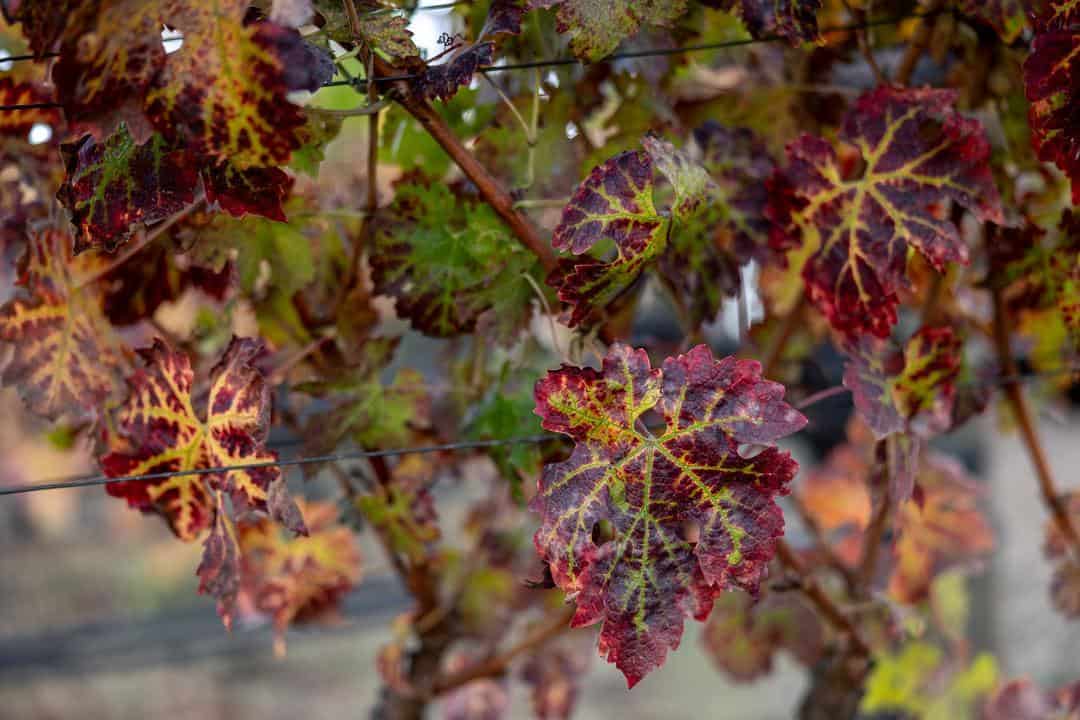
Steve was an early advocate for organic and regenerative farming. Today, seven of Matthiasson’s nine vineyards are certified organic, and the other two are in the midst of the three-year transition necessary for organic certification.
Steve explains, “We don’t do organic farming to have our wine be pure – there’s no such thing as pure. We do organic farming because of how we take care of our land.”
Sustainability looks different for every farmer – and every vineyard
Sustainability looks different for every farmer and even for each individual vineyard. While the hallmarks of sustainable agriculture like reducing water usage and employing renewable energy sources remain the same, how those goals are achieved can vary wildly.
Take, for example, reducing water usage. One might simply assume that the solution would be to use drip irrigation or perhaps install water sensors. Steve explains that the issue is much more complex. Cover crops and soil health play a huge role in helping to reduce water usage at Matthiasson Wines.
Cover crops not only improve soil health and encourage beneficial microbes, but they also break up the soil to help prevent water run-off – which is especially crucial in Matthiasson’s hillside vineyards. Because cover crops also improve soil quality, they can encourage more resilient, deeply rooted vines that are better able to withstand heat spells and ultimately require less water. Steve points out, “If you look at our drip system, there are no drip emitters on the established vines. These vines that are dry farmed are three times as strong – the drip is just for young vines and weak vines.”
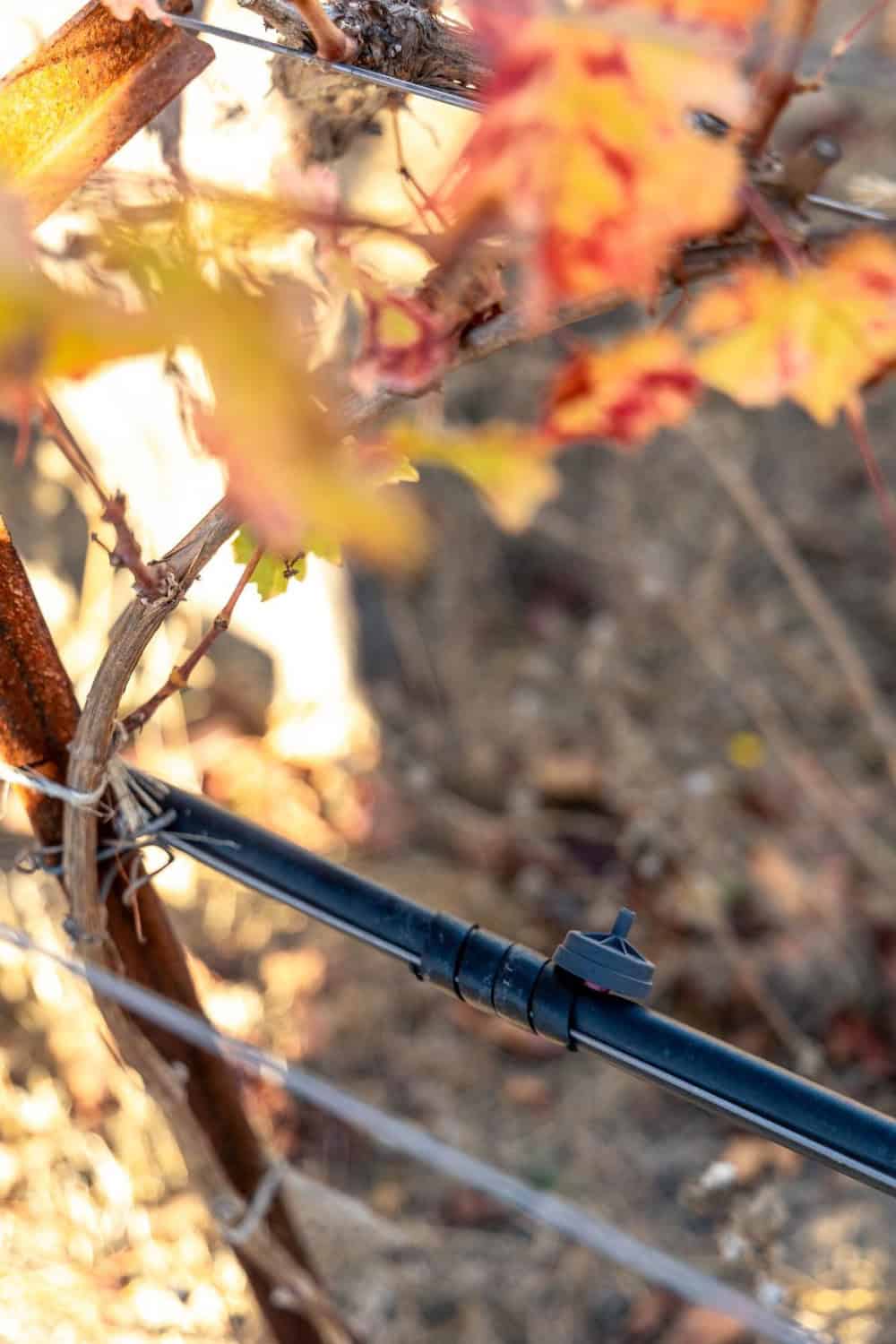
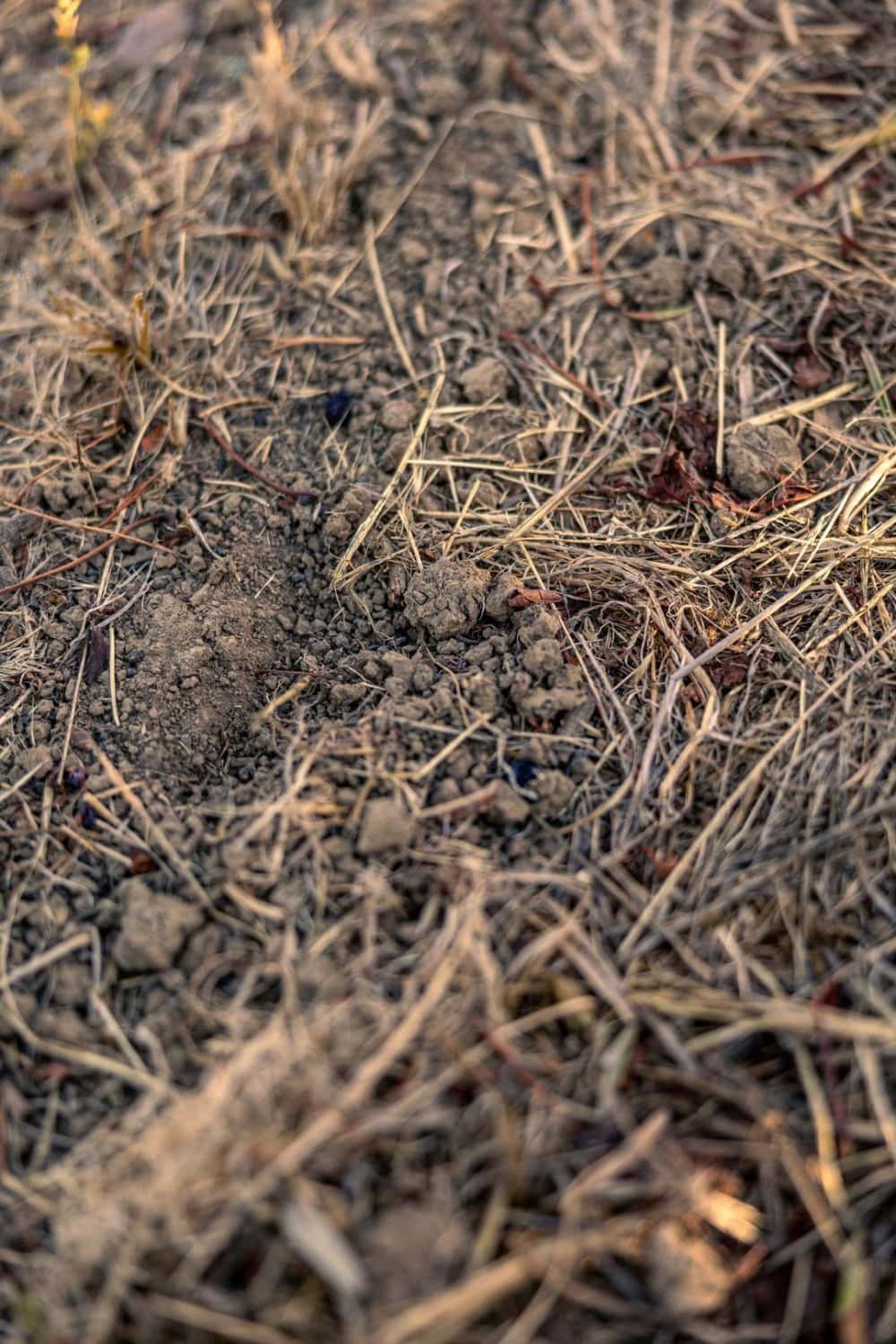
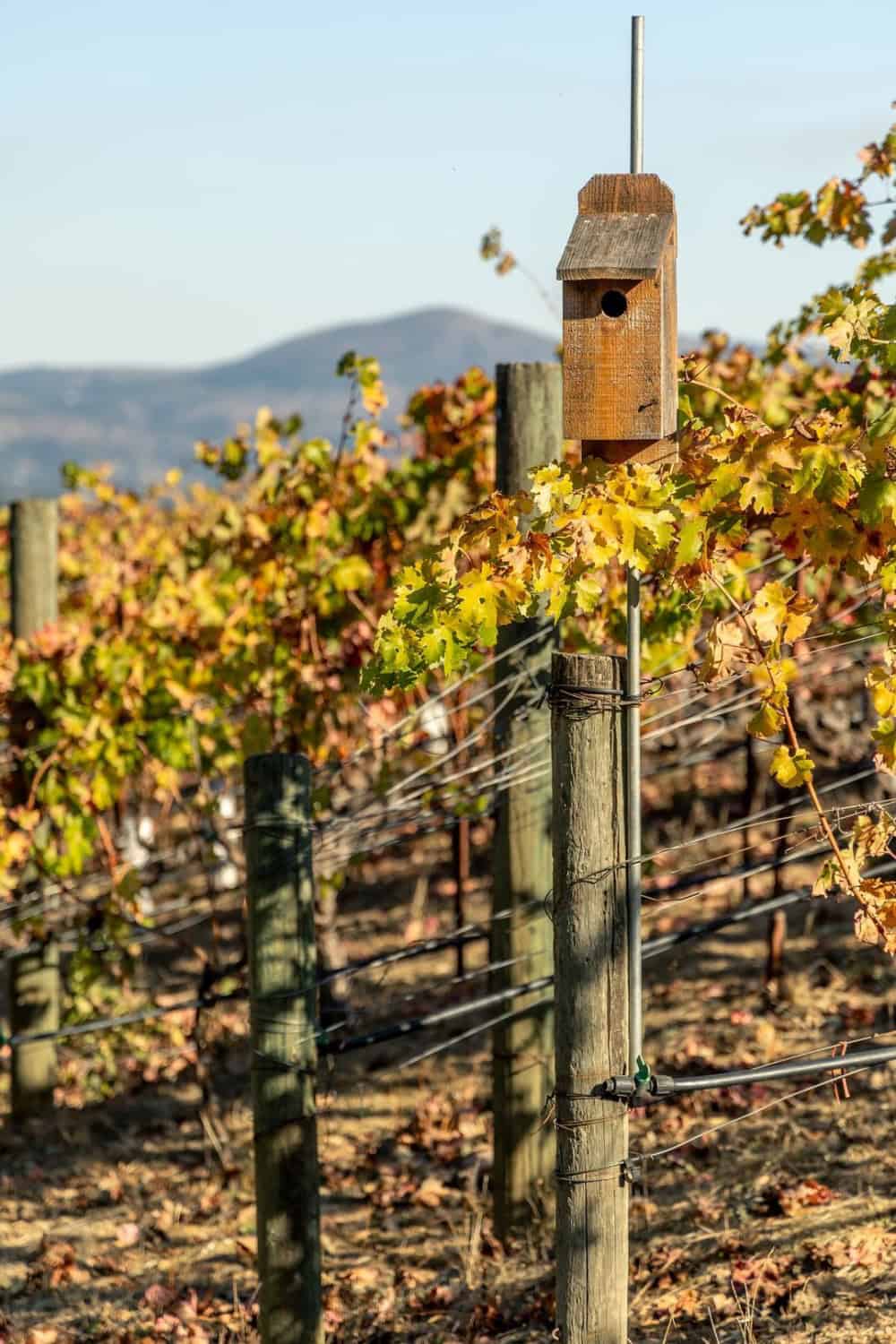
During a recent vineyard tour, Steve took us to the edge of Matthiasson’s Phoenix vineyard to illustrate the importance of soil health. He knelt to the ground, picking up a clod of dirt from underneath the neighbor’s vines. The vineyard in question was not farmed organically and was sprayed regularly with glyphosate. The soil was best described as dry, heavy clumps of dirt. Then, Steve reached to grab a handful of soil underneath his own vines, just a few feet away. There, the soil was soft and fine. “This,” he said, holding a handful of his own soil, “was like that seven years ago.”
Why are native hedgerows important?

Along the borders of Matthiasson’s vineyards, you’ll find native plant hedgerows. Steve explains why: “One of the principles of organic farming is to have habitat for beneficial insects. Vineyards are a very poor habitat for beneficial insects – grapes themselves don’t produce any of the nectar or pollen most beneficial insects need. That’s why when you have all one crop, and you don’t have anything flowering, you get these big pest outbreaks. In vineyards, it’s really important to try to find areas outside the vineyard to plant flowering plants that can host the insects. We have all our plants chosen, so there’s always something flowering. Each month, as one goes down, another comes along.”
The goal of native hedgerows is not simply to increase biodiversity. New research shows that native plant hedgerows may help to reduce populations of common vineyard pests.
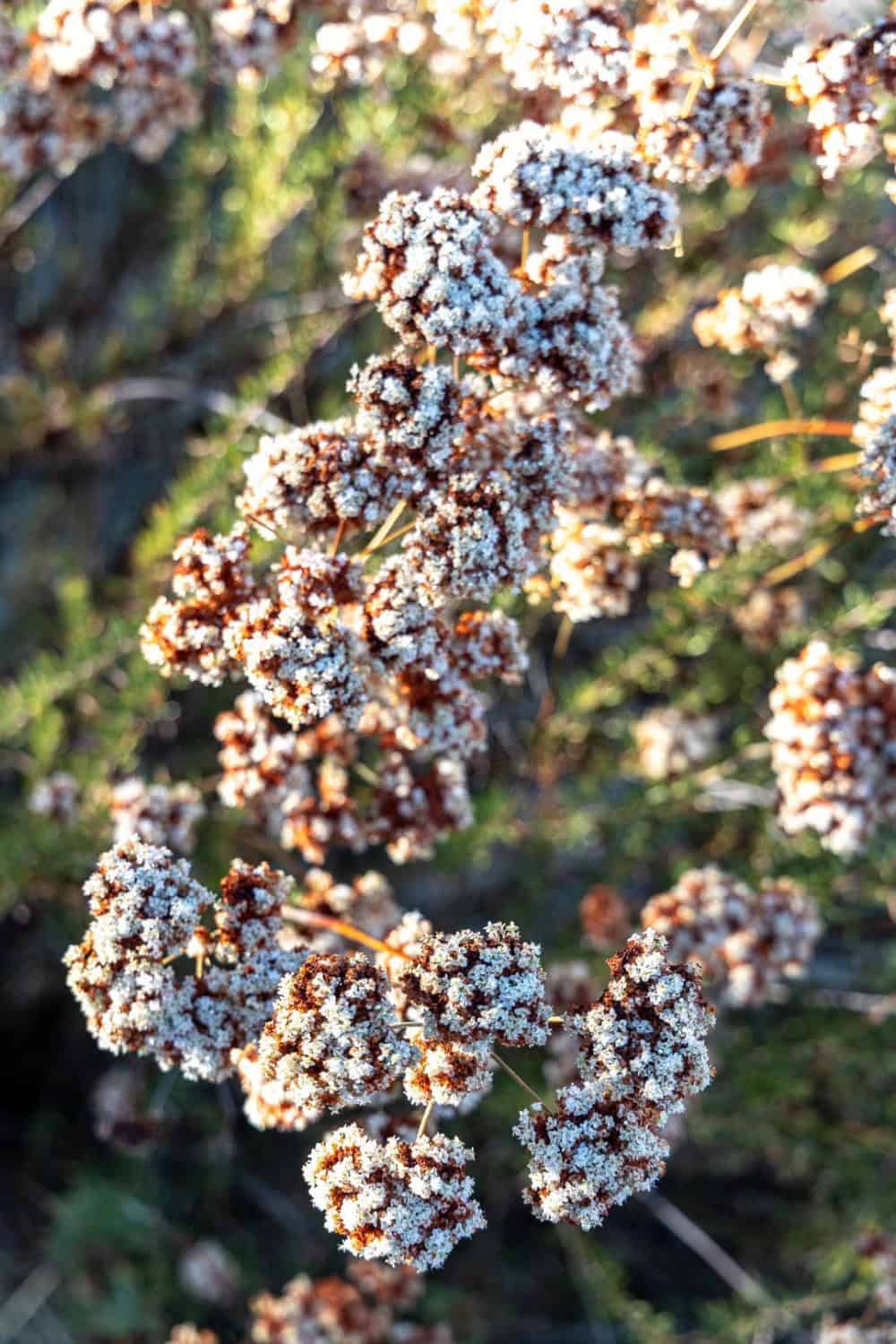
For example, Steve points to a recent study from UC Berkeley establishing that simply planting Coyote Brush helps to decrease certain pests, like leafhoppers, in the vineyard. “It’s an absolutely critical habitat for vineyards. Leafhoppers are one of the main pests in the vineyard, but we planted Coyote Brush, and most of the time, we don’t even see a leafhopper,” Steve smiles.
Steve admits that it can be challenging to establish native hedgerows, but not for the reasons you might think. “We had a strip of them next to our neighbor’s house, and their landscapers came and weed whacked the native plants thinking that was what we wanted…so, we’re replanting,” he smirks.
To till or not to till- that is the question
Tilling is another example of how sustainable practices can vary in each vineyard – even across each vineyard row. In regenerative farming circles, no-till has become the gold standard, but Steve argues that sometimes, tilling is necessary in warmer climates. He states, “One of the principles of regenerative agriculture is to sequester carbon in soil, but it’s really important to think about how the practice will be customized to your area.”
Steve continues, “If we’re tilling, we’re still sequestering carbon because we’re only tilling down 4 inches, and our cover crop is going down several feet. If we can go no-till, then we prefer that because we’re sequestering more carbon – but we can’t do that on every site because that depends on the vine vigor. We’re really managing that. It’s really important with wine quality that the vine grows enough, but not too much. If the vine isn’t growing enough, that’s when we till. If the vine grows too much, great – no-till and it’s a win-win.”
Traditionally, farmers used diesel-powered tractors to till the soil. At Matthiasson Wines, they’ve recently invested in a Monarch electric tractor. This zero-emissions tractor eliminates the ozone pollution associated with diesel exhaust and associated fuel costs – making it an environmentally and economically sustainable choice in the long run.
Vine selection
Matthiasson Wines is known for its selection of rare and unconventional winegrape varieties – many of which are chosen with sustainability in mind. Vine selection is increasingly important for sustainable winegrape growers. Steve states that in the past, growers planted shallow-rooted vines on the Napa Valley floor because there’s more moisture in the soil. Vines with deeper roots are prone to grow a little too well, and, as he noted earlier, a bit of a struggle helps to create depth of flavor. However, once a vineyard is established with shallow-rooted vines, reducing water intake can prove challenging. Steve notes, “When you have an existing vineyard, you kind of have to work with what you have. But, if you take that vineyard and start watering less and stop tilling, the vines might crash on you.”
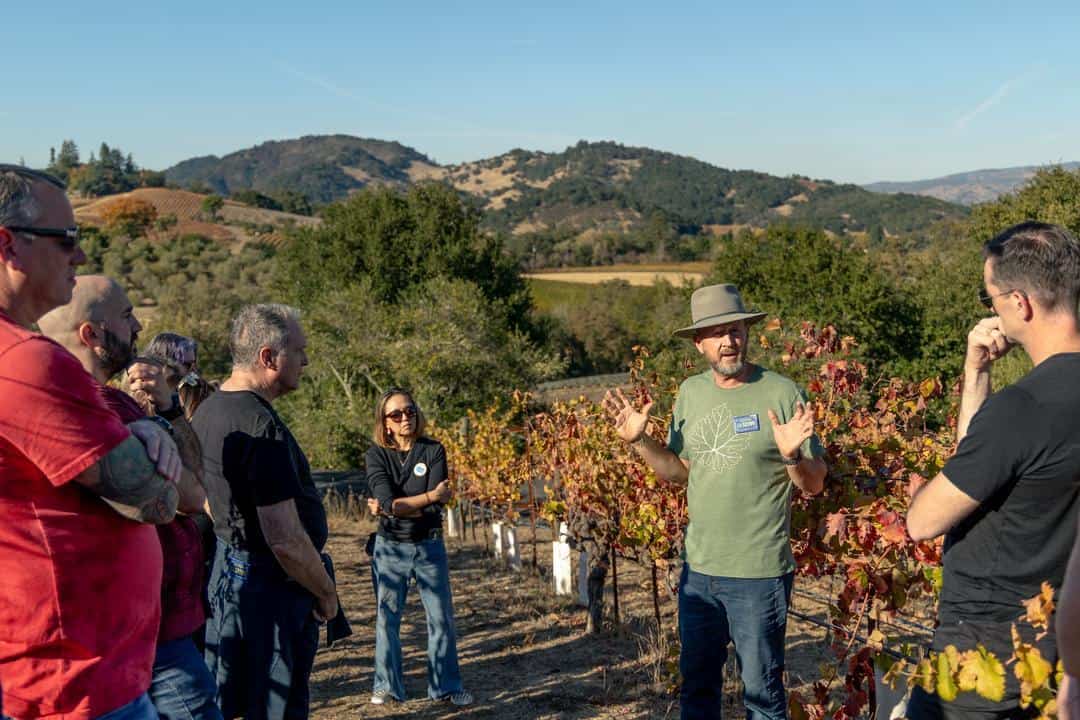
At Matthiasson Wines, they’ve employed a unique workaround – choosing vines with deeper rootstock, interplanted with native California grasses that compete with the vines for water. “When we plant a new vineyard now, we’re planting much more drought-tolerant rootstock so that we can go no-till with minimal irrigation. That’s the best you can possibly be from a sustainability standpoint, but you have to plan for it. That’s what we have at our home vineyard. It’s great because we have our cake and eat it too – we only water a few times per season.”
What makes Napa wines special?
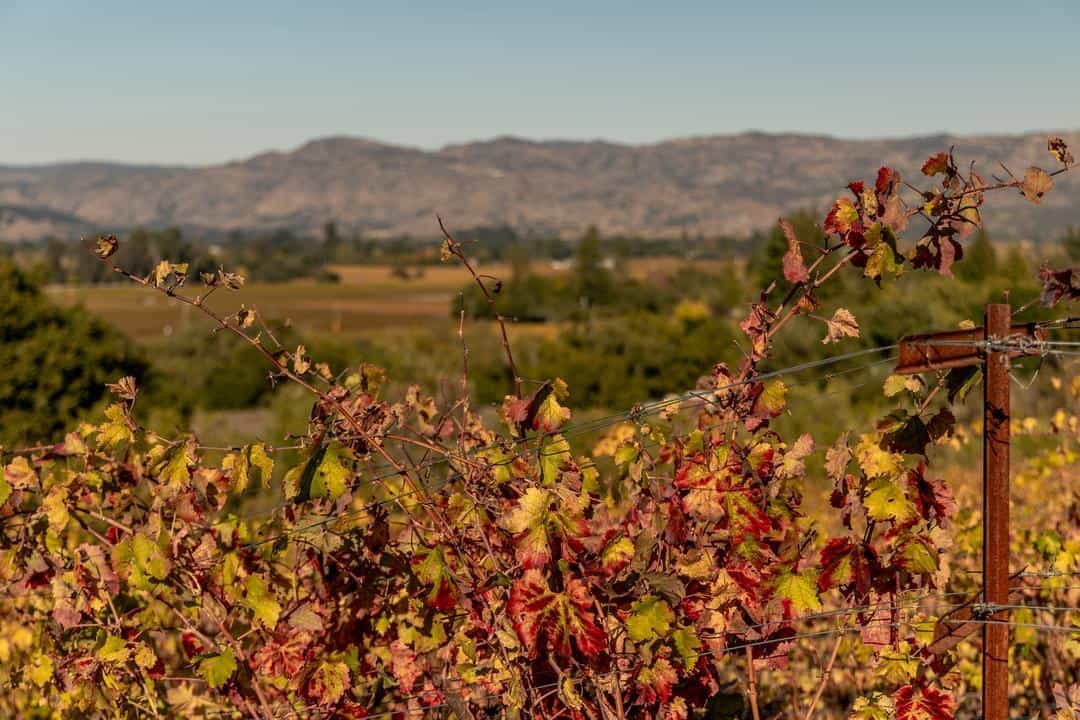
Only 4% of California’s wines are from the Napa region. However, Napa wines account for a whopping 30% of California’s over 70 billion dollar wine industry (with a national value of about 100 billion).
So, what exactly makes this region so special, and why can winemakers here command a higher price per bottle? The answer is complicated – rooted not only in the region’s historic prestige but also in its unique climate and variety of soil types.
Steve elaborates, “I believe in the quality of Napa wine – I think we make great wine. We’ve also been fortunate to have had leaders, like Mondavi, to really build the ‘brand’ of Napa. It’s a very unusual climate in Napa. It gets pretty warm during the day but cools down at night. The humidity helps us to irrigate a lot less, and water stress is important for wine quality. Dry roots send hormones to the top, telling the grapes to have more color, more tannins, and smaller berries. In a lot of regions, they don’t cool down enough. The vines don’t refresh as much, and they require more irrigation. We have a huge diurnal shift; it’s unique for wine. We have a lot of rocky, well-drained soil, and a lot of variation in our soil. Over half the soil types in the world are in Napa.”
“The Secret Life of Vineyards”
Remember how we stated that guests wouldn’t find any of Napa’s traditional trappings, like showy art installations, at Matthiasson? Well, that’s not entirely true. Matthiasson Wines is home to one incredibly intricate and meaningful mural, “The Secret Life of Vineyards.”
This unique piece, designed to reflect the ecosystem of an organic vineyard, is the result of a collaboration between UC Davis students, entomology experts, and artists. Professor Diane Ullman explains, “This project allowed students to learn the intricacies of the ecosystem in organic vineyards, and the importance of insects within it. Each student conducted their own research, learned design principles, and designed and created a piece of the mural.” The Matthiassons were involved every step of the way – educating the students about the importance of integrated pest management in the vineyard, designing the mural with the team at UC Davis and providing the list of plants and animals to include. They even hosted two “community days” to where they invited their friends in Davis and Napa to help complete the mural.
Installed in 2023, this vibrant mural pays homage to Matthiasson Wines’ dedication to creating sustainable, organic wines.
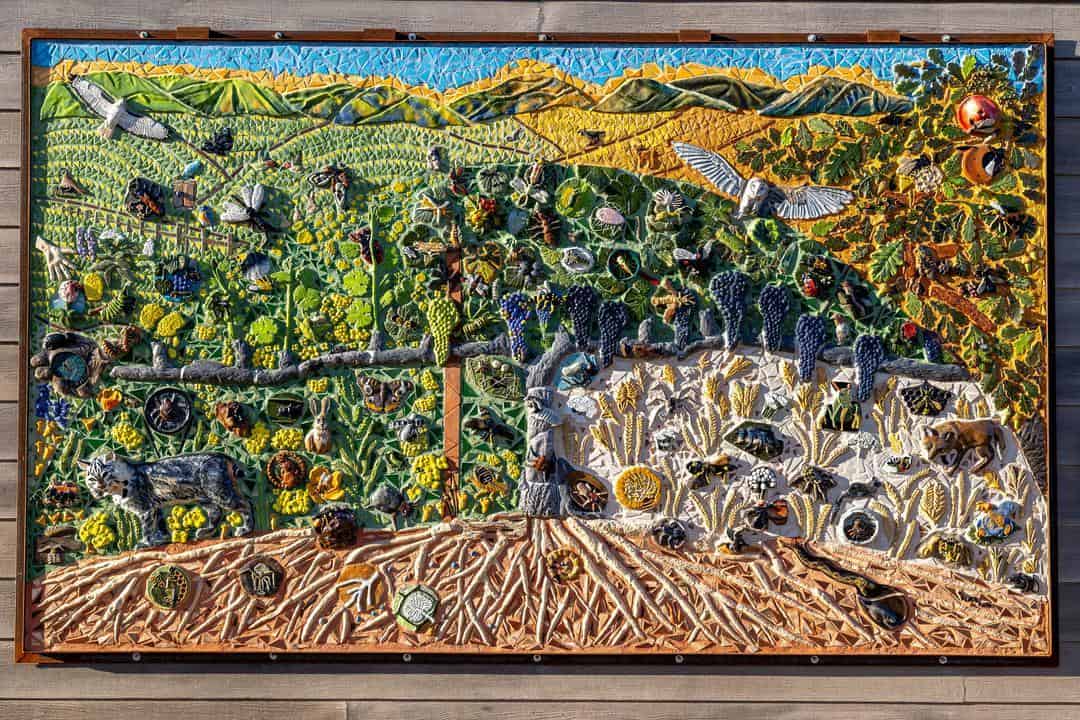
Visit Matthiasson Wines
Steve and Jill invite guests to visit their outdoor tasting room in Napa’s Oak Knoll district. Each 75-minute tasting includes 5-6 different Matthiasson Wines, some of which are exclusive to tasting room guests. During your tasting, look carefully at the labels. Each features a pair of pruning shears, representing Steve and Jill’s belief that they are “farmers first” – and that great wines start in the vineyard.
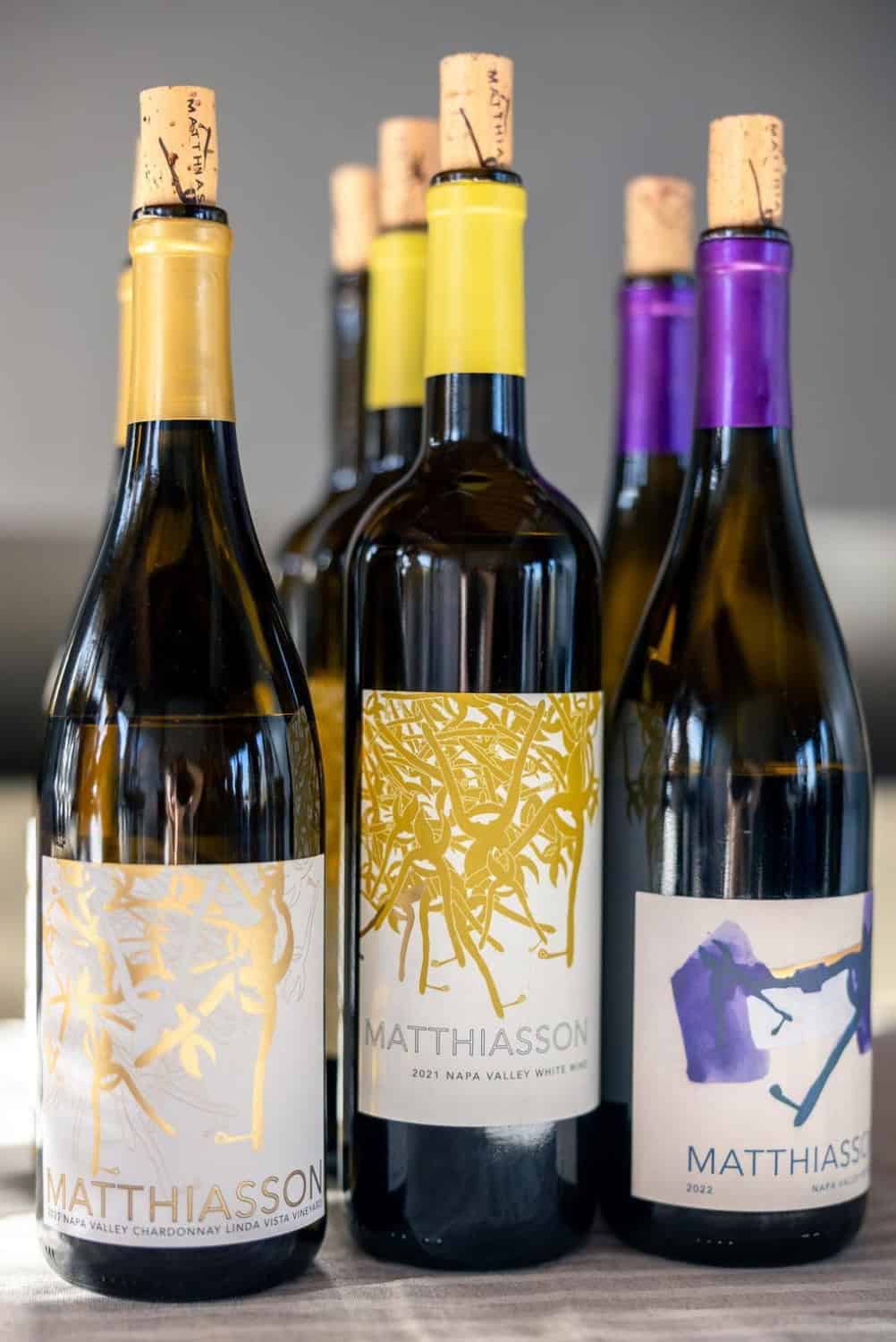
Matthiasson Wines
3175 Dry Creek Rd.
Napa, CA 94558707.637.4877
Not able to visit in person, but still want to experience Matthiasson wines? You can find a limited selection available online through the winery.
Shop online and explore virtual wine tasting options
Matthaisson wines are crafted to pair beautifully with foods. Look for Matthiasson wines at your favorite restaurants and hotels across the globe.
Article and photography by Hilary Rance.

